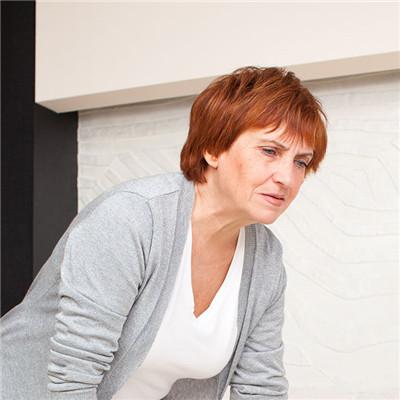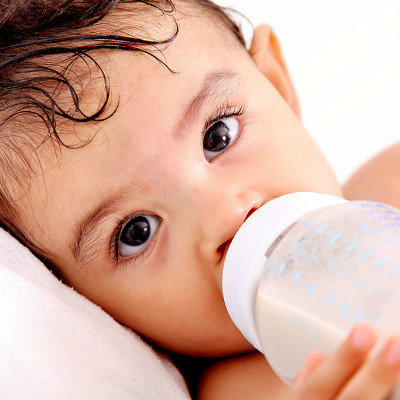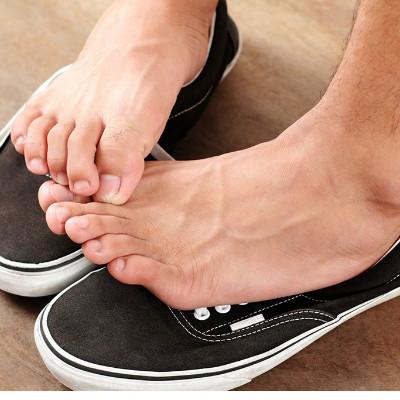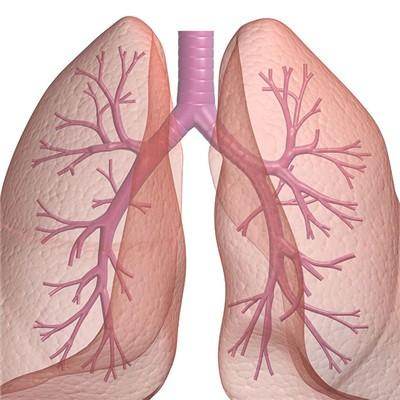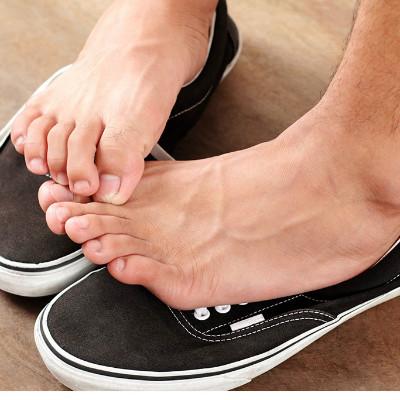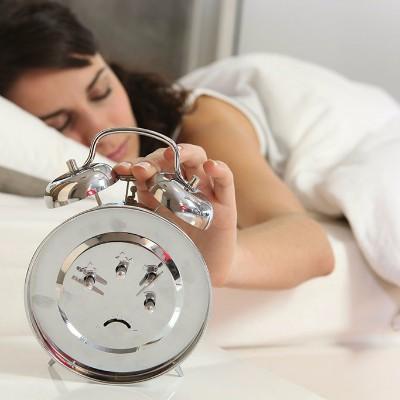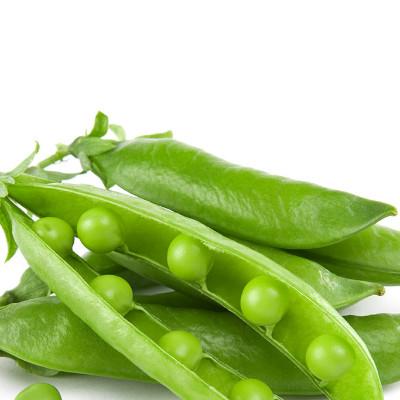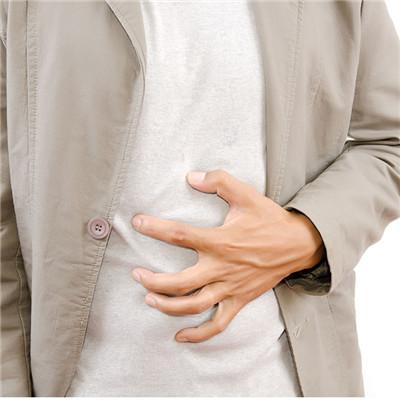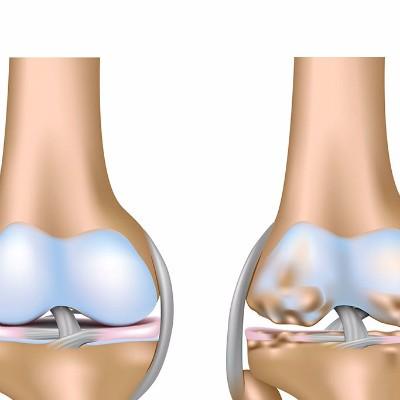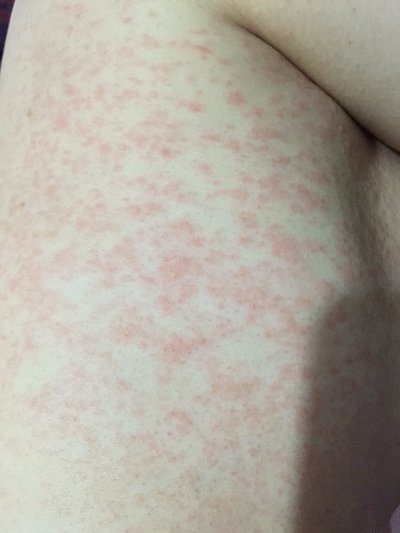Symptoms of febrile convulsions
summary
Febrile convulsion refers to the convulsion of children in the early stage of respiratory tract infection or other infectious diseases when their body temperature is higher than 39 ℃, excluding intracranial infection and other organic or metabolic diseases leading to convulsion. The main manifestations were sudden tonic or clonic twitch of the whole body or local muscles, binocular gaze, strabismus, straightening or upturning, and loss of consciousness. Febrile convulsion can be divided into simple febrile convulsion and complex febrile convulsion. All ages (except neonatal period) can occur in children, most of them are from 6 months to 4 years old. Simple febrile convulsion is better, but complex febrile convulsion is worse. Tell us about the symptoms of febrile convulsion
Symptoms of febrile convulsions
The age of onset is usually 6 months to 4 years old, or 〈 6 months or 〉 4 years old. In the early stage of fever (within 24 hours, individual 〈 48 hours), when the body temperature rises to > = 39 ℃, convulsion occurs suddenly.
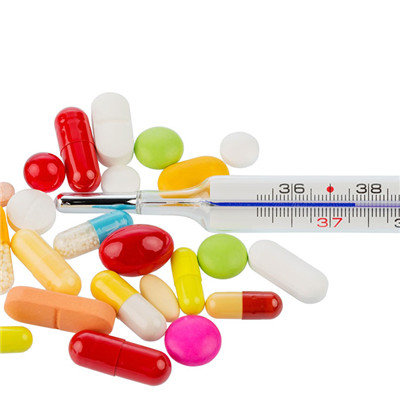
Convulsions are generalized or partial asymmetric seizures, with binocular gaze, strabismus, straightening or upturning, and loss of consciousness. After convulsion, consciousness recovered quickly without central nervous system abnormality.
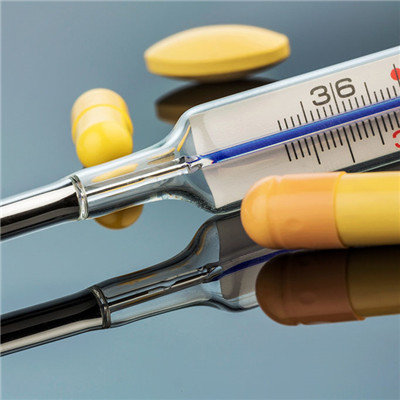
The convulsion lasted for about 10 seconds to several minutes, and some of them were in convulsive state (seizure > 30 minutes) EEG was more than normal 2 weeks after convulsion. There may be genetic factors.
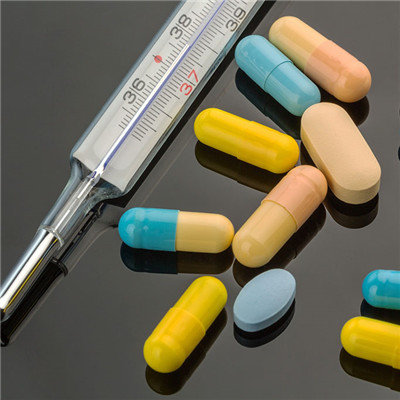
matters needing attention
Intravenous diazepam is the first choice, and phenobarbital sodium or other drugs are used to consolidate and maintain the curative effect after convulsion control. Diazepam has side effects of inhibiting respiration, heartbeat and lowering blood pressure, so cardiopulmonary resuscitation measures should be prepared.


